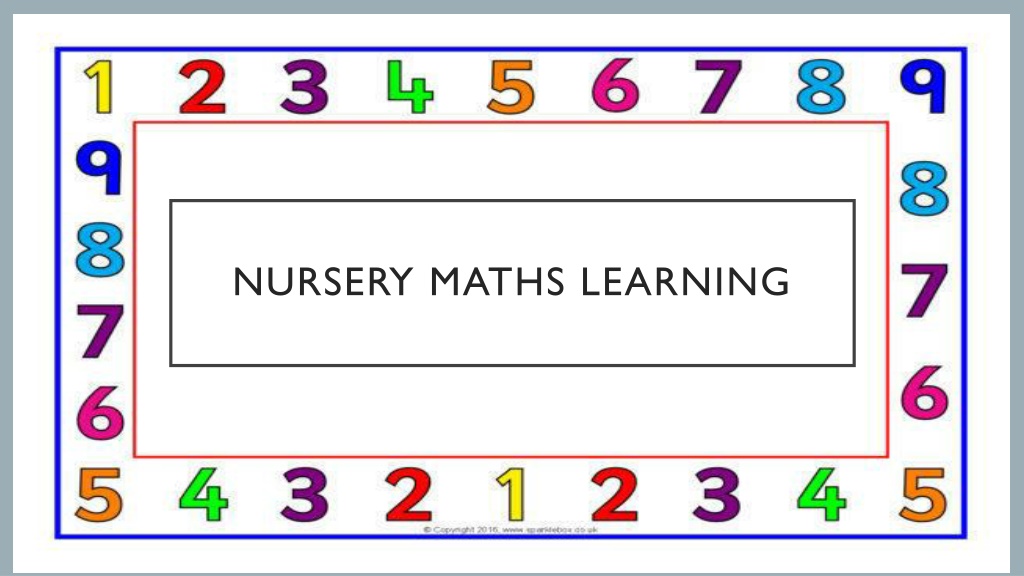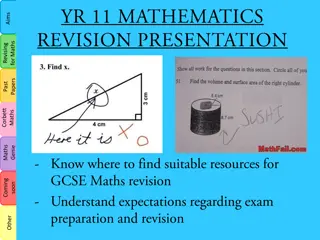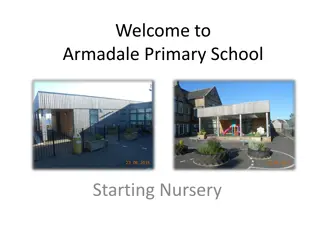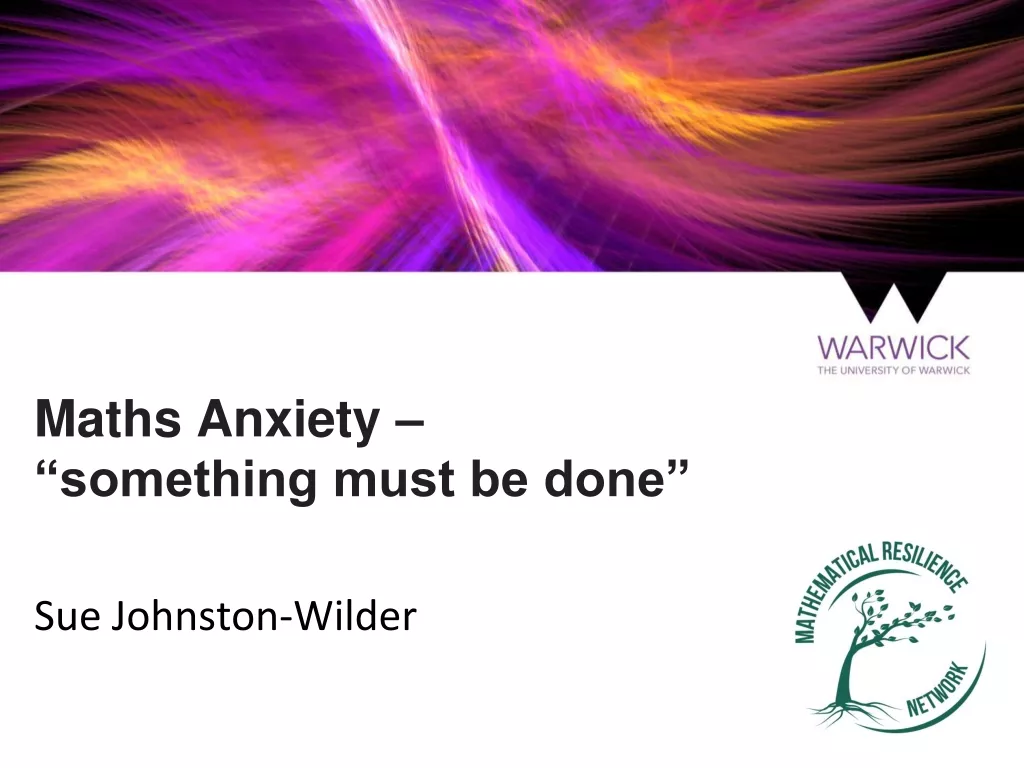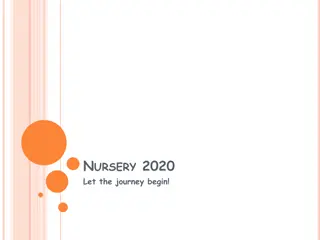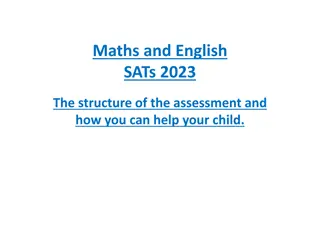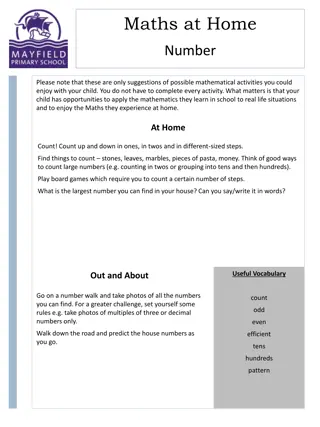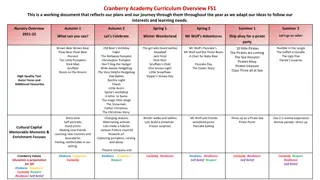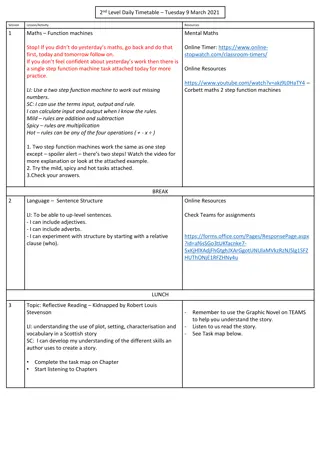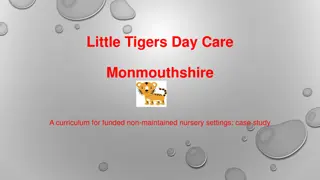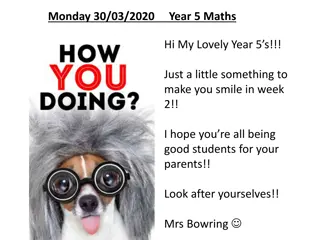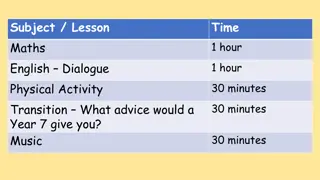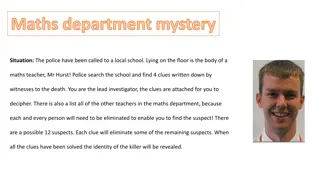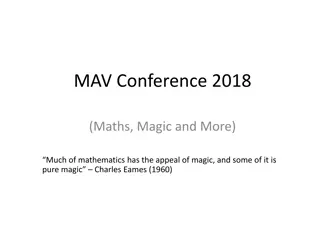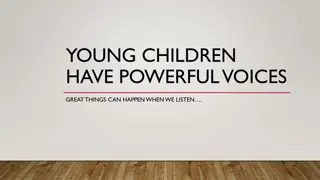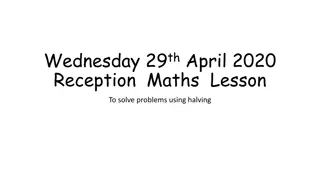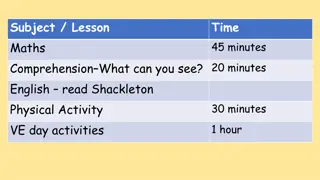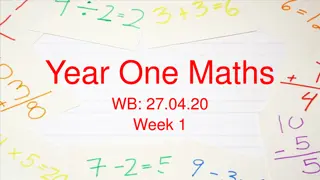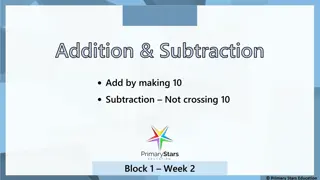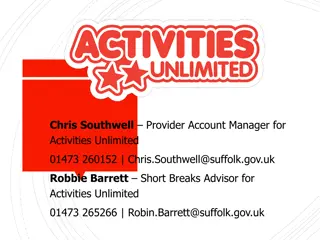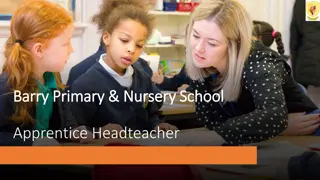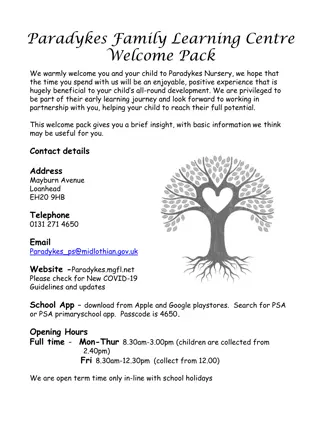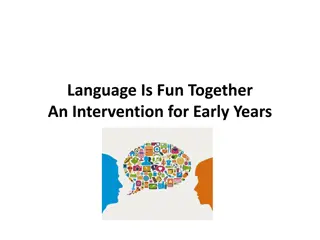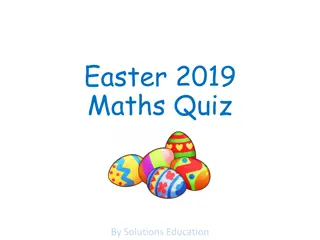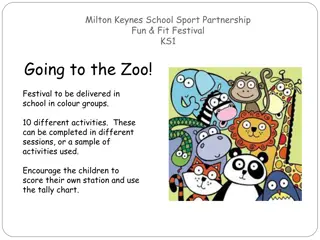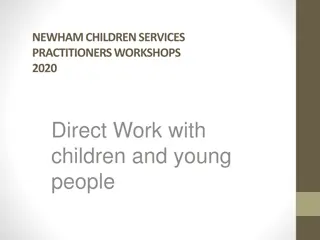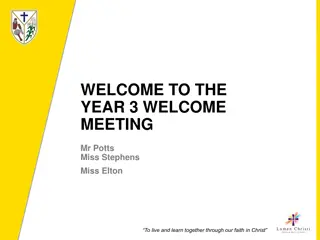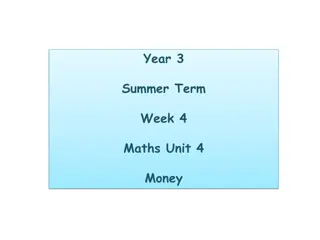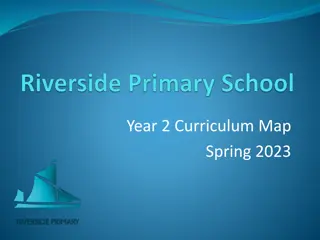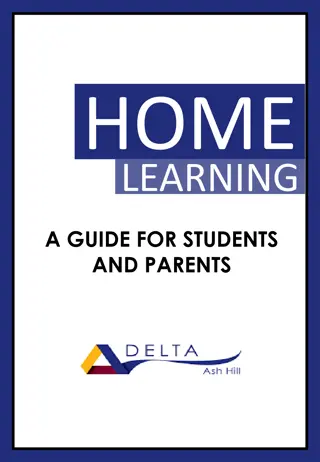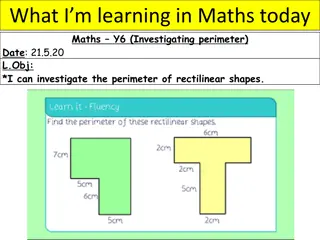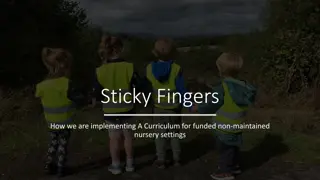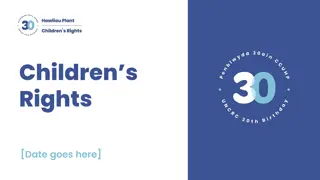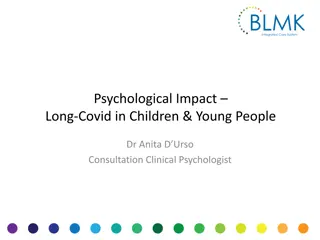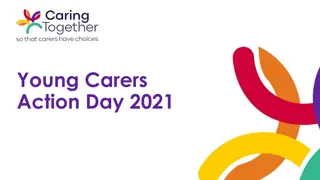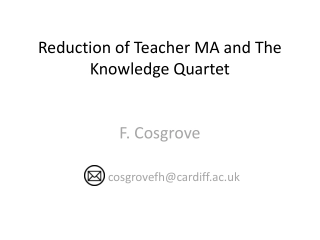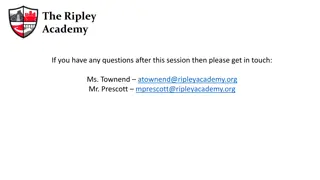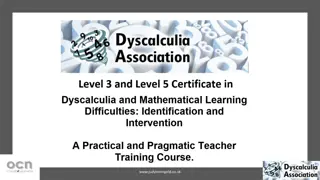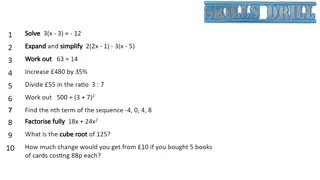Fun Nursery Maths Activities for Young Children
Engage your child in interactive maths learning with activities focusing on counting, numbers, comparison, shapes, positional language, and helpful links. Encourage hands-on experiences and singing counting songs to make learning enjoyable. Utilize various resources and games to foster mathematical skills in an educational and playful manner. Explore shapes indoors and outdoors, practice number recognition, and enhance understanding through playful activities.
Download Presentation

Please find below an Image/Link to download the presentation.
The content on the website is provided AS IS for your information and personal use only. It may not be sold, licensed, or shared on other websites without obtaining consent from the author. Download presentation by click this link. If you encounter any issues during the download, it is possible that the publisher has removed the file from their server.
E N D
Presentation Transcript
COUNTING Counting objects up to 10 correctly encouraging your child to touch each object as they count. Always start with actual objects before you move onto pictures of objects. Can you sing counting songs e.g. 5 speckled frogs, 5 current buns. 10 in the bed etc. Can your child match numbers from 0-10 to a quantity of objects e.g. Show the number 5 and count out 5 bricks. Counting and number recognition.
NUMBERS Show your child a number to 10, can they shout out the correct number you are holding if possible use the ten town numbers but no worries if not. Can they represent a number from 0-5 in lots of different ways. E.g. 5 - hold up the correct amount of fingers, draw 5 objects, build a tower of 5 bricks. Practice forming the numbers 0-10 using the ten town rhymes. Play number Bingo / Snap / look for numbers in books or around the house. Go on a number hunt in the house and garden finding the numbers that the adult has hidden for you. You could even have a go at recognising the numbers on a clock!
COMPARISON OF NUMBERS Can you compare amounts using the words less and more e.g. there are more apples than bananas / there are less carrots than potatoes. Can you make different amounts of objects on 2 plates. Are they the same amounts? Why not?
SHAPE The children are surrounded by 2-d and 3-d shapes both indoors and outside. The children need to be able to name the most common 2-d and beginning to name 3 d shapes. Can you go on a shape hunt around the house and find a named shape or spot some shapes that you know. Describe the shapes you see. E.g. A clock is a circle It has one side. It is a round shape. Can you make a picture from cut out shapes. E.g. A flower - using a oblong, triangles, circles and ovals.
POSITIONAL LANGUAGE Can you play a game of hide and go find can you give clues as to where the person or object is using positional language such as in, under, behind, on top of and next to. Can your child set the table following instructions that include positional language. Can your child follow a set of instructions this could be in the garden or around the house instructions such as Can you stand behind the chair
LINKS TO HELP YOU WITH MATHS. https://www.bbc.co.uk/iplayer/group/b08bzfnh http://www.crickweb.co.uk/ https://www.discoveryeducation.co.uk/what-we-offer/discovery-education- espresso https://www.topmarks.co.uk/Search.aspx?Subject=16&AgeGroup=1
